The setting
Swakopmund would be a ‘living movie set’ kind of township if there was one. Bright timber gables, solid color tapering steeples, pastel-hued facades, stark lintels and turrets, pavements tessellated into patterns, neatly trimmed median gardens, shiny classic vehicles, all make you feel like that. The people here, as sparse as they come, could be extras whiling away between shots – the bonhomie is not exactly contagious but there is an appealing cordiality. A natural familiarity. Millpond miens till the call for ‘action’.
By day three you are familiar with half the tourists and most of the locals, you can find your way back to your hotel and go to the better pizza places, pubs, bookstore or gas station without getting directions. Swakopmund is not a big place after all, there is nothing much to do here either; the town is the starting point of other adventures – exploring the Namib Desert, Skeleton Coast or climbing the surrounding dunes of which I did Dune 7, the tallest. In between adventures you come back and gather breath, roam around, make gargling sounds trying to read German names on buildings and whistle silently at the dates beneath them which go back a century and over. These are colonial structures which combined influences from all over Europe, marked by high quality craftsmanship and lasting building materials evidently. Most of these buildings aren’t accessible to the public today but have become private commercial or residential spaces over the years. Hospices, deaddiction centres, and long-term stay apartments. Besides a favoured holiday destination, Swakopmund is a preferred retirement destination for the well-heeled.
Plot
I travelled to Swakopmund from Namibian capital Windhoek on a weekend, a scenic drive through roads snaking between veldt-covered hills and passing through towns isolated enough to feel like frontiers. From the day I reached till I left, I couldn’t shake off the feeling that I was in a filmset; I kept peering at small groups for professional cameras on tripods, lights and reflectors. Except for vloggers talking animatedly into small cameras on sticks I didn’t see any. A long-time resident told me of international productions like Mad Max and The Mummy which were shot in the Namib Desert next door, but save for a series with Jim Caviezel, she hadn’t heard of much filming action in Swakopmund.
“Do I think if this can be a great shoot location?” She asked, shuffling up from her usual place in a popular breakfast joint I frequented. “Of course, I do. Look around, it’s such a pretty town.” She walked away looking around and beaming at the sights herself leaning on her wheeled walker, her prancy poodle jumping in and out of its way.
Watching her walk away into the soft light of the dusk, singly, I was reminded of some of the greatest love stories in cinema. As a working formula they all had the love angle thwarted for the bigger picture or the greater good. Like Casablanca.
This romantic drama set during the second World War, cited as one of the greatest movies ever, kept playing on my mind as I walked around town. One of my personal favourites, I saw it for the first time as a kid in Nigeria – my dad used to get together with his other cinephile friends on Sunday afternoons and watch classics back-to-back over cases of beer. Years later I studied it as part of my master program as a class in noir and expressionism. Not bad for a movie which did not have a finished script when filming began. Or a leading lady confused enough to ask the director whom did she have to love more – the husband or the lover?
Famous lines from the movie vivid in memory, I dedicated a day figuring out locations if Casablanca was shot on location in Swakopmund; suitably quaint and forlorn on the outside but simmering with an edgy energy. The lively, colorful exteriors struggling hard to conceal the drama going on within.
‘Of all the gin joints in all the towns in all the world, she walks into mine.’
Much of the movie’s plot progresses in Rick’s happening nightclub. Congregating there each night are a melee of people, from French and Nazi government officials, military personnel, refugees and underground freedom fighters. There is Sam, whose singing is a singular attraction (‘Play it again, Sam.’). The interiors are grand and spacious, with enough bedrooms for guests. Intimate scenes of reunion and a brief continuation of the affair between the lead pair. Sweeping establishing shots, the fashionable crowd walking in and out, nooks and crannies for corrupt transactions and sub rosa liaisons, the Bahnhof would be perfect. This erstwhile railway station is still splendid looking and fortunately accessible as it is today the Swakopmund Hotel.
There is even a casino here for Rick to help the newly married woman win enough to escape – without having to sleep with the corrupt Louis.
‘Well, I’m not running away anymore. I’m settled now.’
Ilsa is at a local market when Rick walks up to her, sort of remorseful about his drunken behaviour the previous evening. This is where she tells him that she was always married to Victor right from their affair in Paris. While jolting revelations are in focus, a trinket seller earnestly engages in a friendly banter in the background. Cacophony and the coruscating wit of shopkeepers with their artistic merits are on display at the open art stalls of Swakopmund, there was one right by the beach where you find many happening cafes and hotels. These pop ups are manned by locals, and other Africans who stay happy while eking out a living.
Swakopmund is not exactly a cheerful place despite the cheery exterior. With palpable undercurrents, the economic disparity is in your face: most of the eateries and other establishments are owned by Europeans. The craft shops are makeshift, the sellers, ethnic savants, spend the nights in shanties away from tourist gaze. There was the Democratic Resettlement Community, an informal settlement for Africans, with amenities so inadequate that dwellers from there chose to sleep on park benches here.
The place is not without a dark chapter from history either. The Herero Wars fought between Germany and the predominantly cattle grazing tribe of Hereros of Namibia between 1904 and 1908 left thousands dead. Swakopmund served as a concentration camp for the Herero people; most of whom were forced into slave labour. Germany did acknowledge this as a genocide about a century later and agreed to pay over one billion euros in reparation.
Founded in 1892 as the main harbour for the Imperial Germany, by 1923, due to the climate and the location, Swakopmund became a popular tourist destination. Uranium mines discovered in the 70s served to raise the profile as a vacation place. However, there is a certain grimness that lurks in the air here; the last time I detected this was on the Goree Island, off Senegal, also a slave port with its ‘Door of no return’.
‘We’ll always have Paris.’
At the airstrip when the lovers are about to part. ‘Paris’ is a flashback on the good times Rick and Ilsa had when they first met. The whole of Swakopmund is a good time place.
Like any place – or person – with a history, Swakopmund has character. Along the well-kept main drag there was good taste and affluence on restrained display. Pleasant sidewalk cafes, art galleries, curio shops, cosy specialist eateries, bespoke tailoring shops and banks. There is the rare zaddy racing around in muscle truck or the blonde youth on retro motorbikes rending the air. Old ladies wore diamond bracelets with chic dresses. There were also unkempt adventurers sporting shades and baffies and not much else in between.
For kisses silhouetted against spectacular sunsets, head to the Jetty. Started in 1911 and after several rounds of renovation, this is open to the public with a highly recommended seafood and sushi joint at the end of the 500-metre walk. Right outside your windows are somnolent seagulls who have called it a day and repaired to slippery resting points.
‘Here’s looking at you, kid.’
Little runways in the dark are minor details – can be set up anywhere along the Walvis Bay Coast. Returning from Dune 7, I traced the coastline and walked on the beach. Locals gathered beneath beach umbrellas with barbecue, beer and music. A particularly boisterous group invited me to join them but too inebriated for meaningful conversation. I had a beer, held eyes with a vivacious one, shook fists and left.
Offshore is a hive of activity as oil, copious reserves of it, was discovered early this year. If the findings are accurate and once drilling gets into full swing, Namibia will become one of the top three oil producers in Africa after Nigeria and Angola. This is expected to double the GDP by 2040 and better the current status of the nation as the second most economically unequal nation in the world.
‘I think this is the beginning of a beautiful friendship.’
This is not the first time a hero walks into the approaching dark, foggy, to reaffirm the ambiguity of the outcome; Rhett Butler did it with aplomb in ‘Gone with the wind’. Here, Rick walks away with Louis, a mini cabal.
The fog in these parts is legendary – it is a phenomenon, actually. A beautiful, functional phenomenon. Thanks to the Benguela currents – cold currents that bring up the icy waters from the depths of the Atlantic to Namibian coasts – the moisture is the air is cooled forming dew and then fog. This fog, besides sustaining life in the Namib desert, can also cloak characters adding mystery or moral ambivalence.
Play of light is an immaculately employed device in the movie – to set mood, morals and subtly suggest aftermaths. The lighthouse can be a character in itself. Opened in early 1900s, this is in the garden next to the museum atop a short flight of stairs. The searchlight washes over Rick and Louis, briefly. Cynicism, which was till then a cover for romanticism, makes way for idealism.


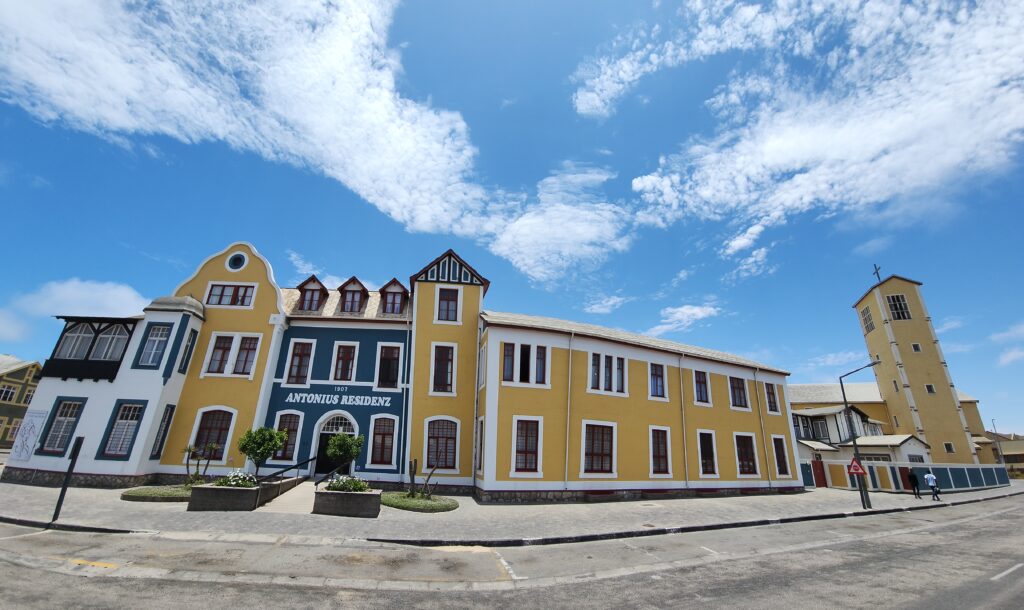
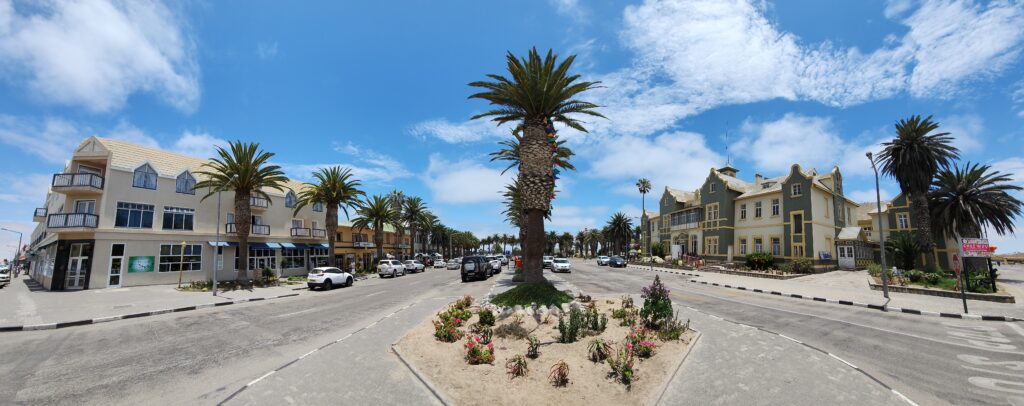
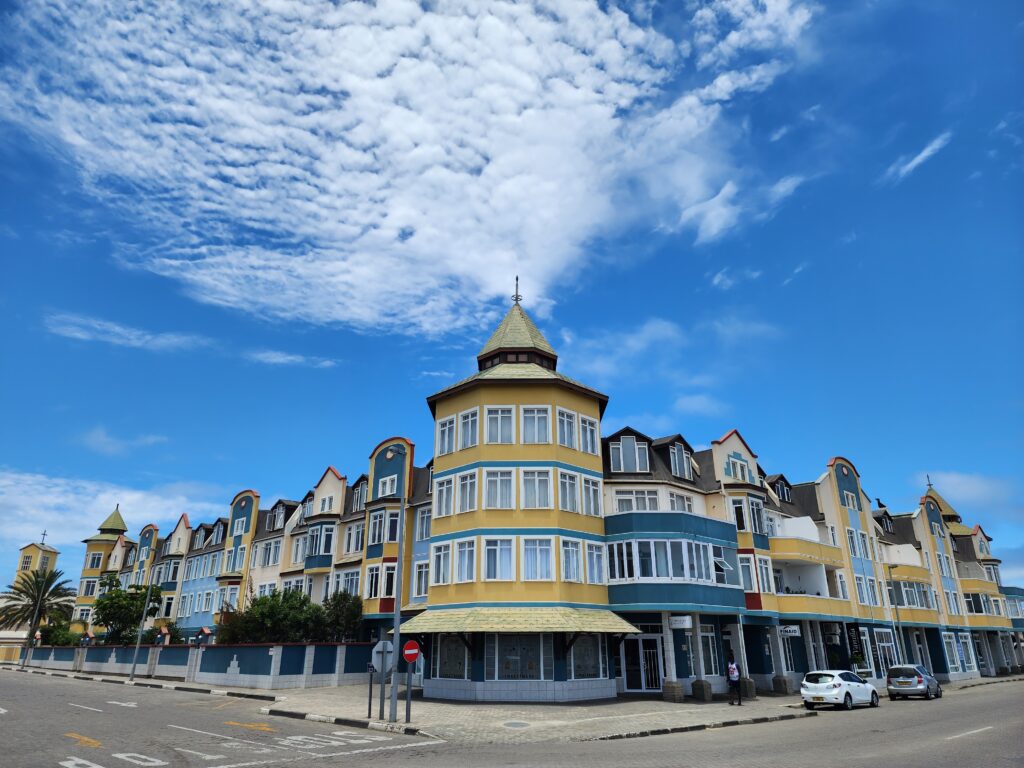
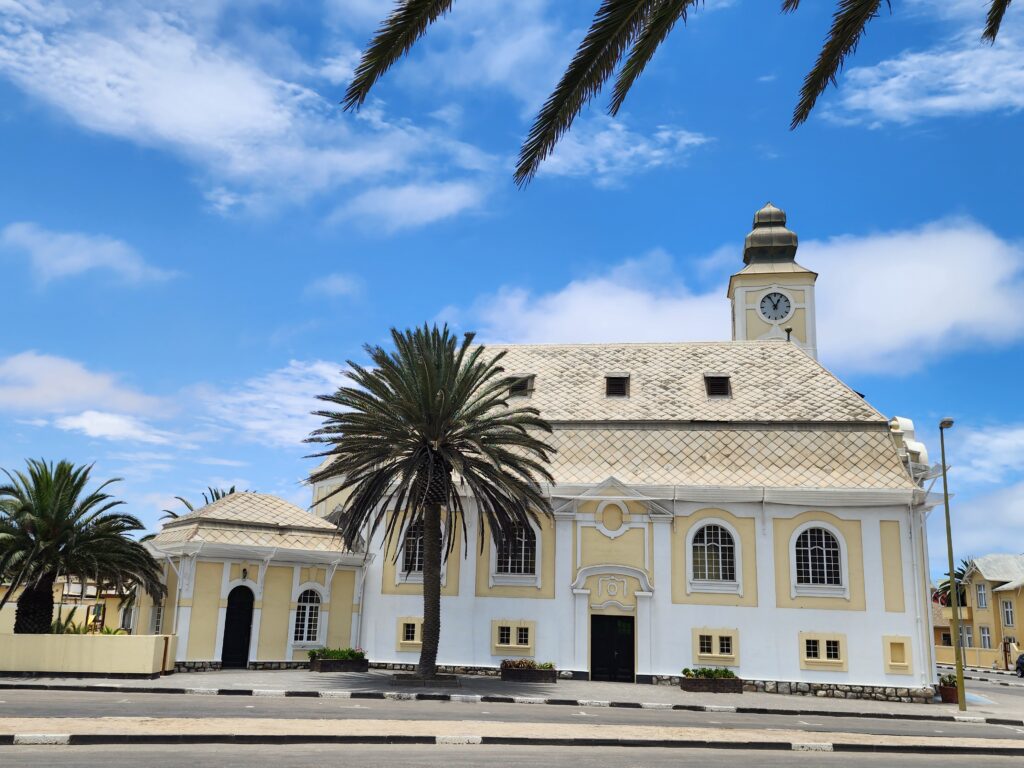
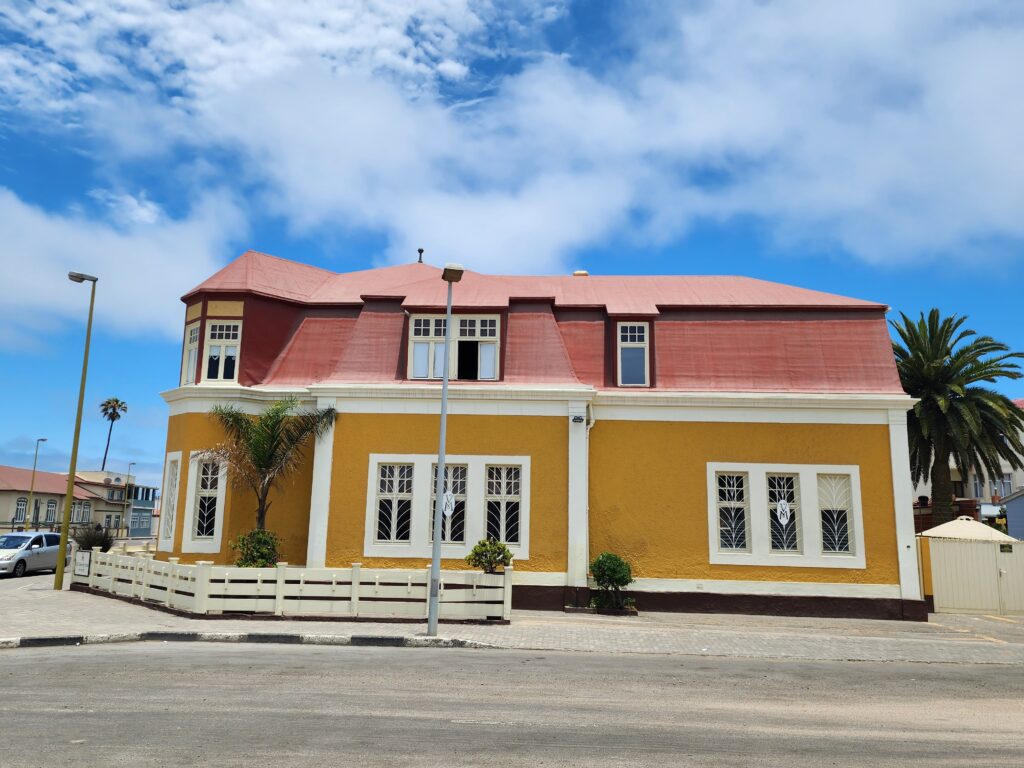
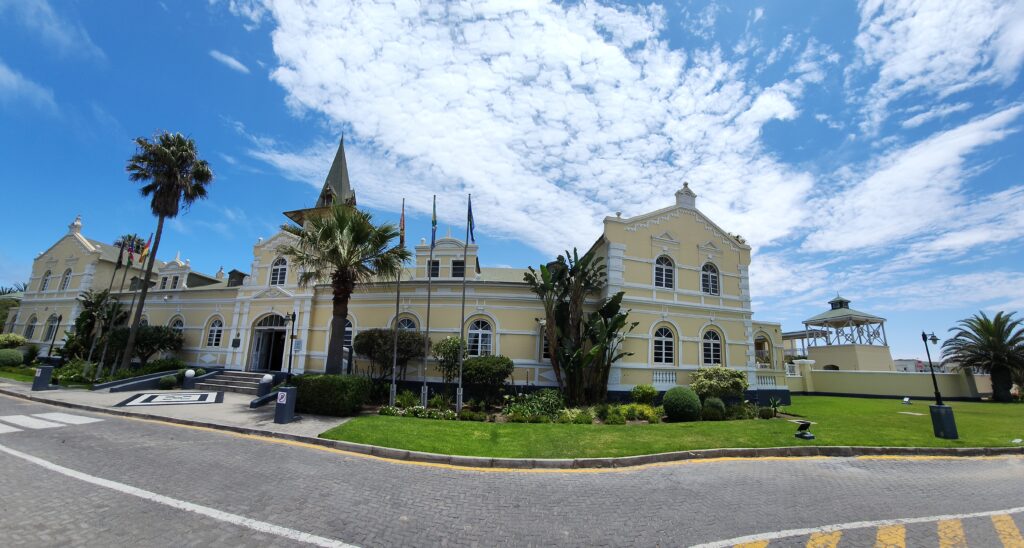
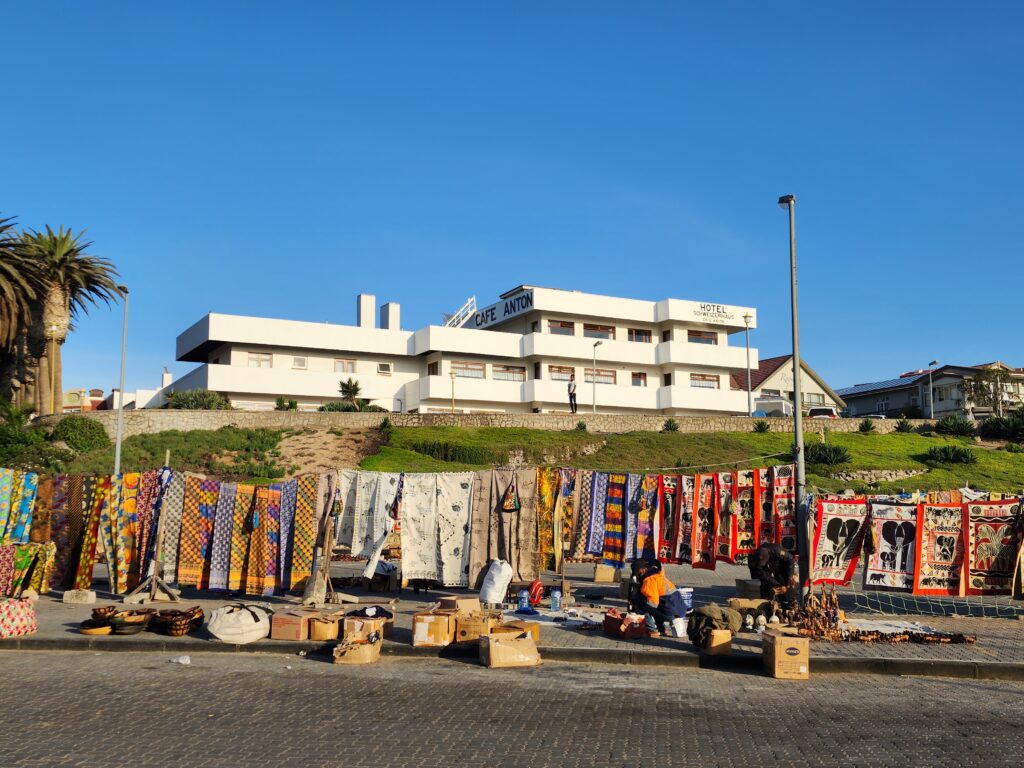
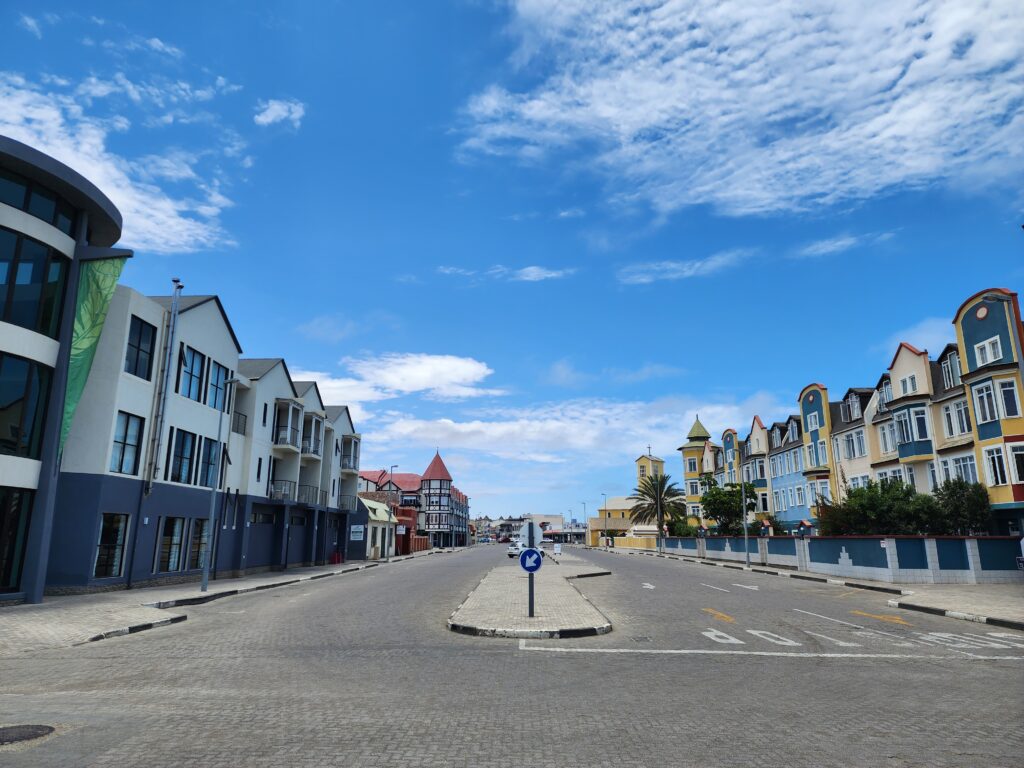
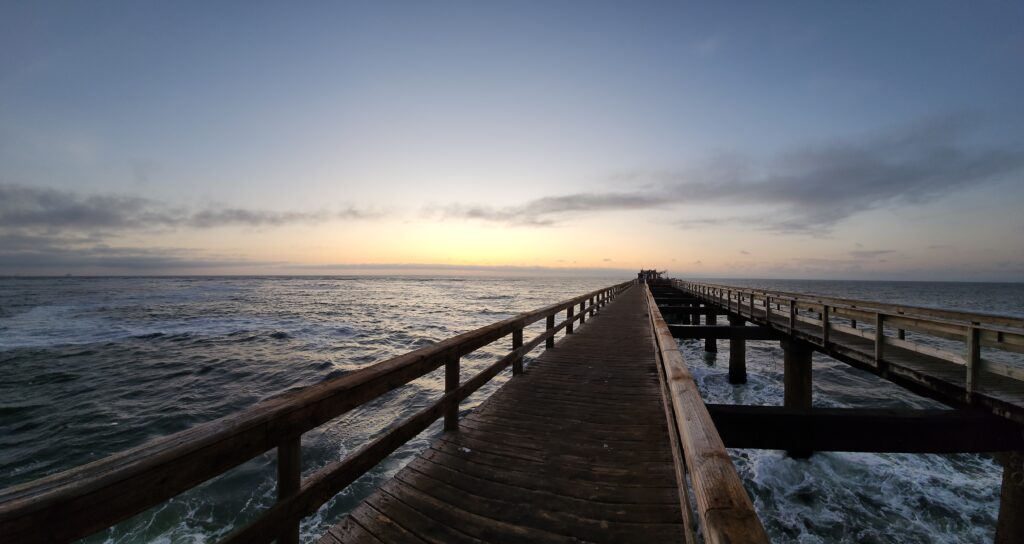
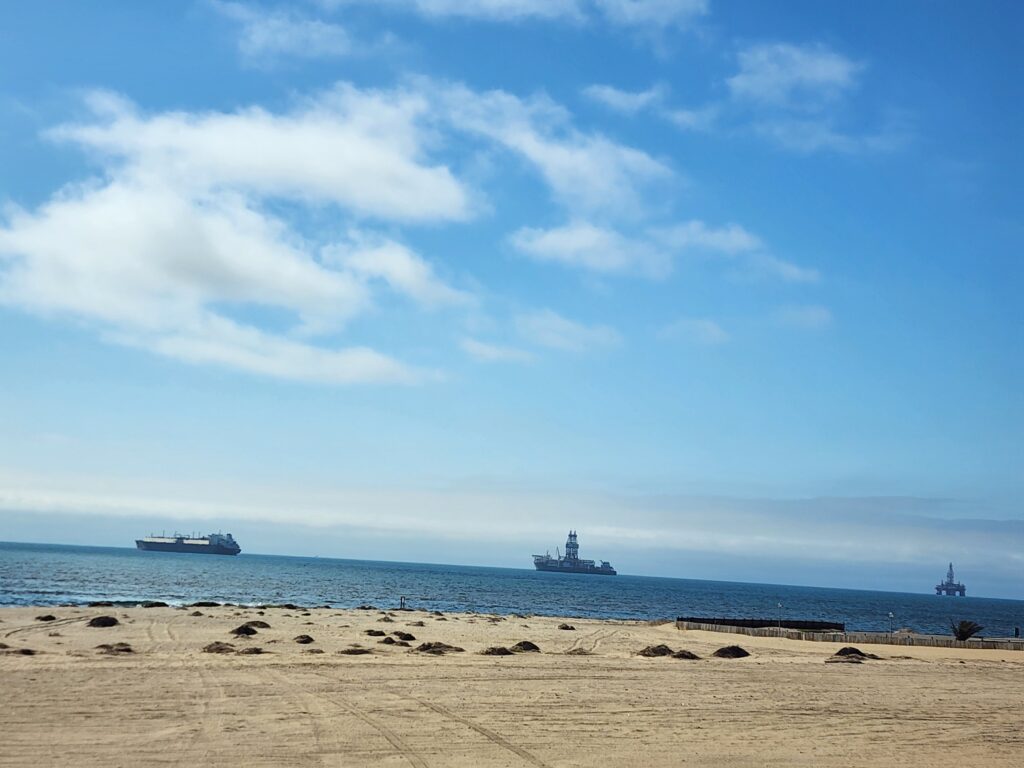
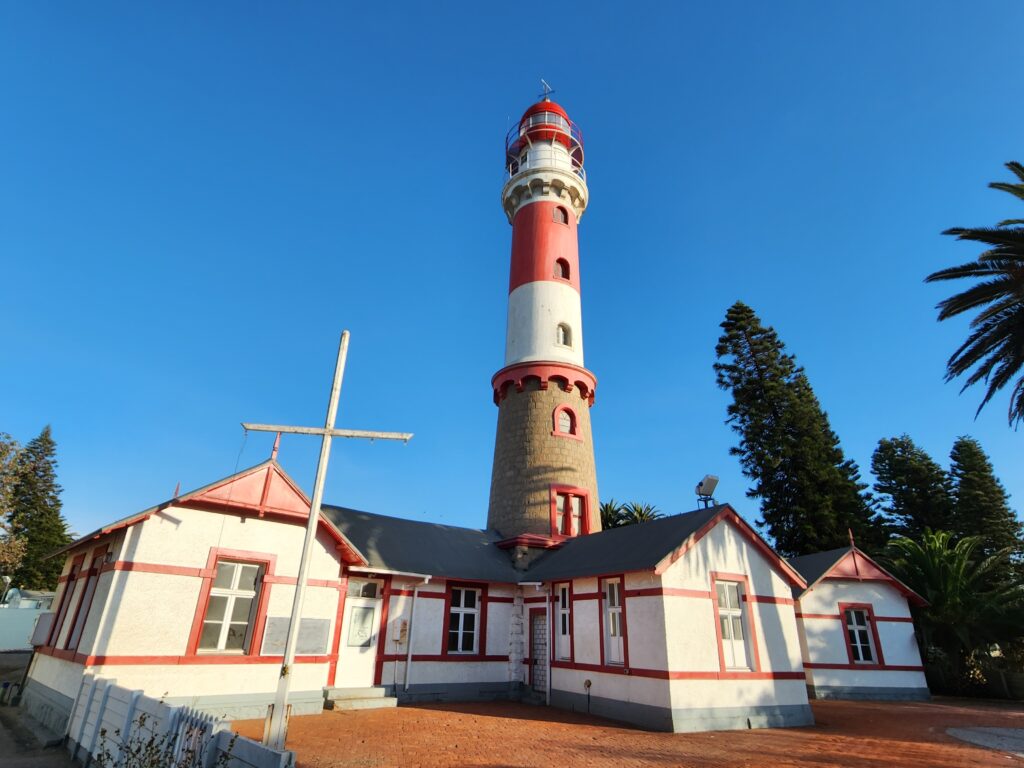



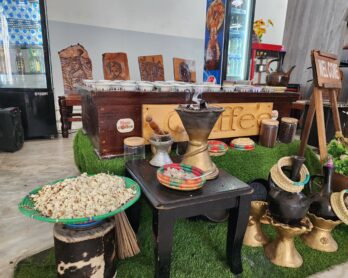





Your blog always delivers value. I appreciate how your posts give me practical tips, interesting insights, or motivate me to take action.